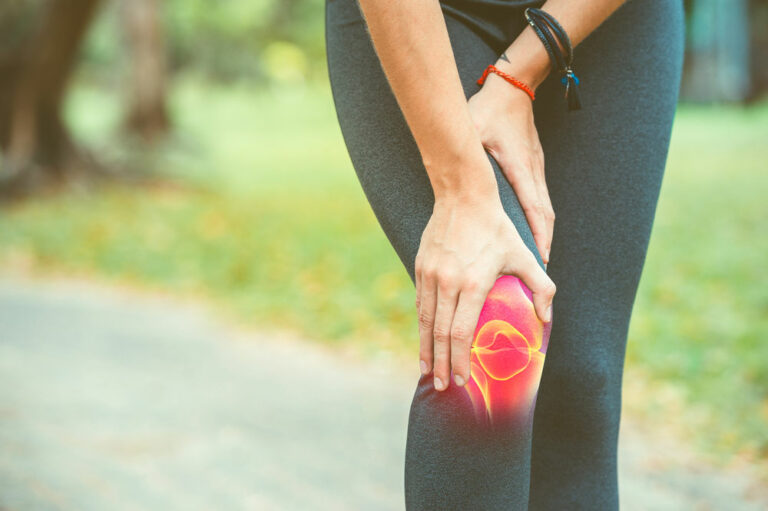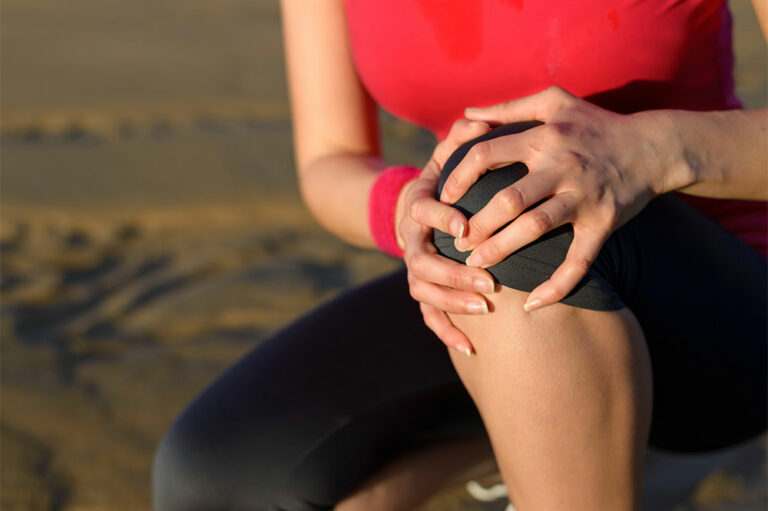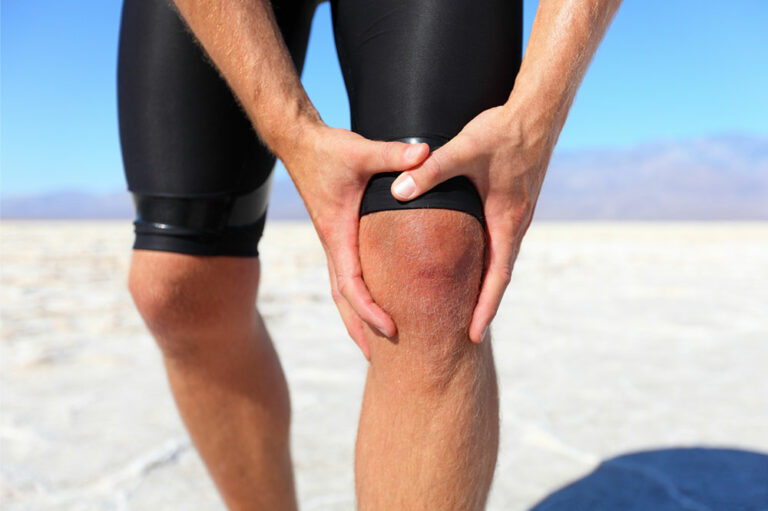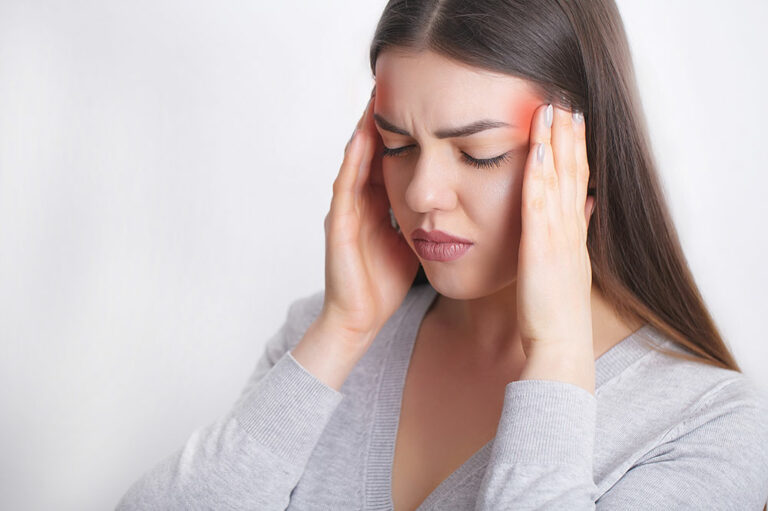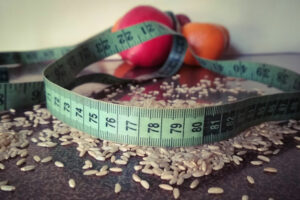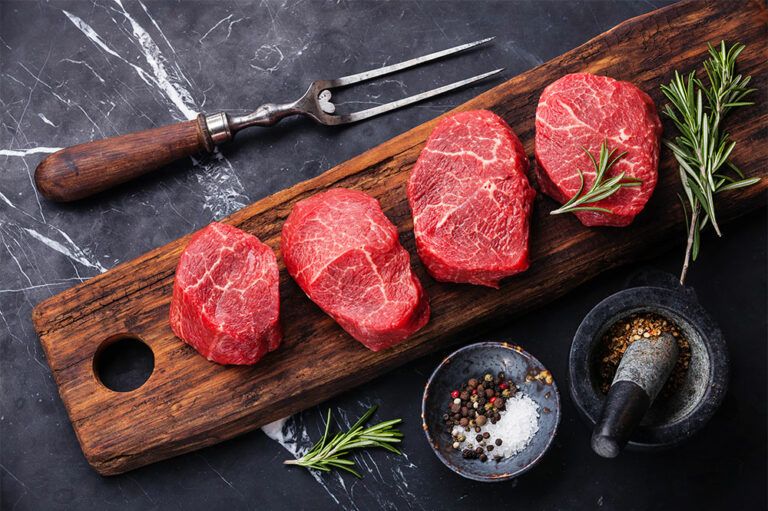
8 trigger foods to avoid for managing arthritis
Arthritis is a progressive disorder that causes swelling, tenderness, and joint pain. Moreover, there are multiple risk factors associated with the known forms of this condition. These factors include lifestyle choices, associated health complications, and even foods that trigger inflammation. But arthritis can be managed to improve quality of life with subtle changes in daily routine. Here are eight common foods that people with arthritis to avoid to manage the condition. Red meat Red meat like beef, lamb, and pork contain a high concentration of saturated fat, which is a major inflammation trigger. Cooking these foods on high heat also releases compounds that may worsen inflammatory attacks. Grains Foods with simple carbohydrates are to be avoided by people with arthritis. Such carbs are commonly found in white rice, flour, and other grains used for baking. Having these empty calories only leads to spikes in blood sugar that worsen arthritis pain. Processed foods Foods found in the supermarket are full of additives, preservatives, and artificial flavoring. Popular foods that can be baked, fried, or steamed contain monosodium glutamate, salt, aspartame, and artificial ingredients that worsen arthritis inflammation. Sugary foods Baked confectionaries, sweets, candies, and any snacks that contain added sugars are direct triggers of the inflammation associated with joint pain.
Read More 